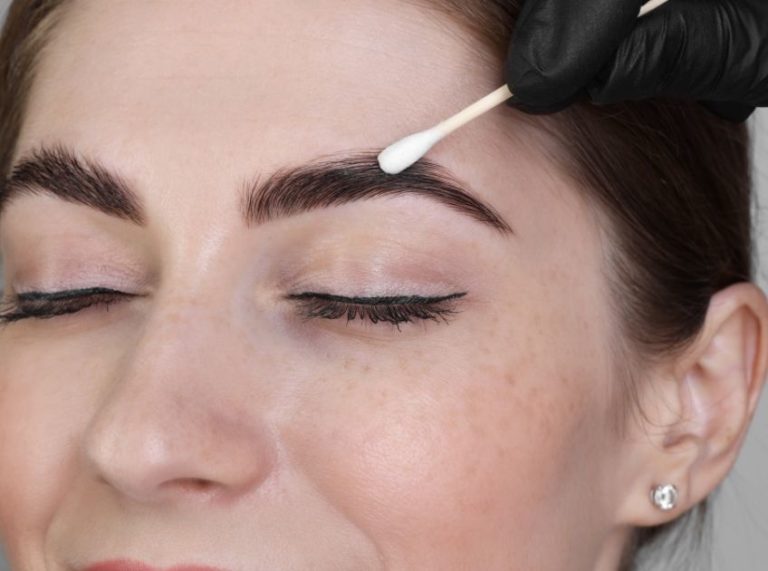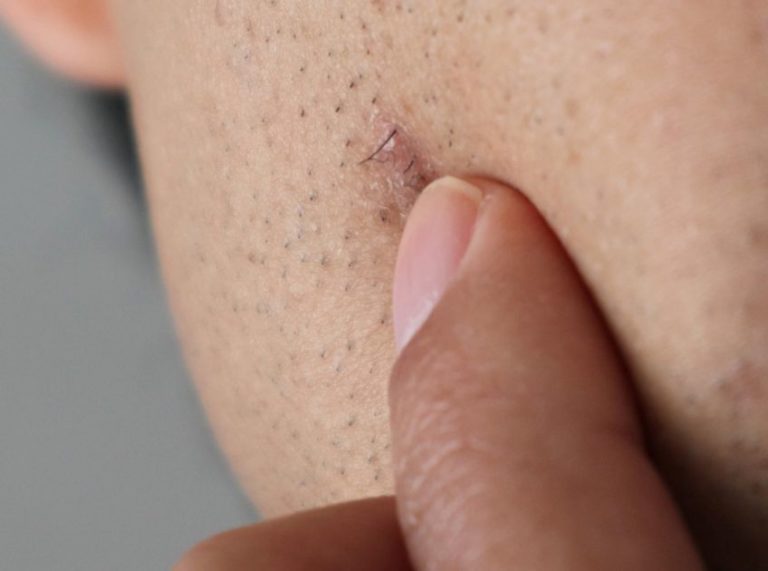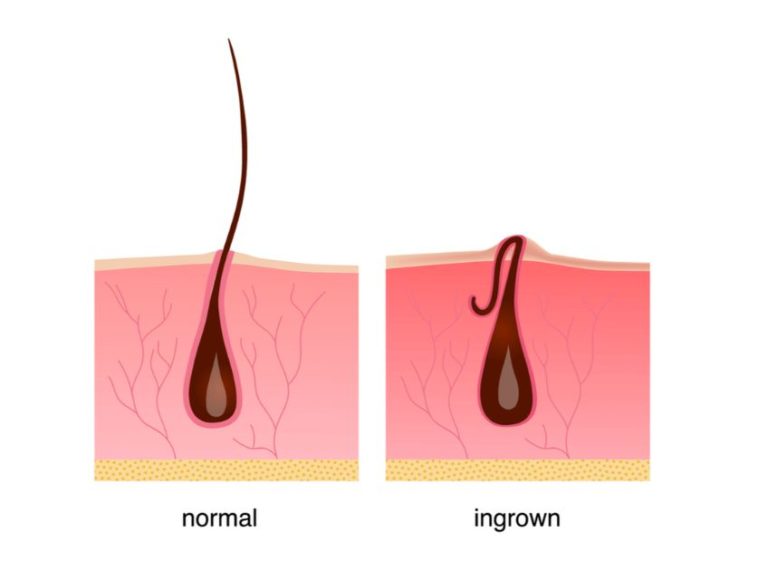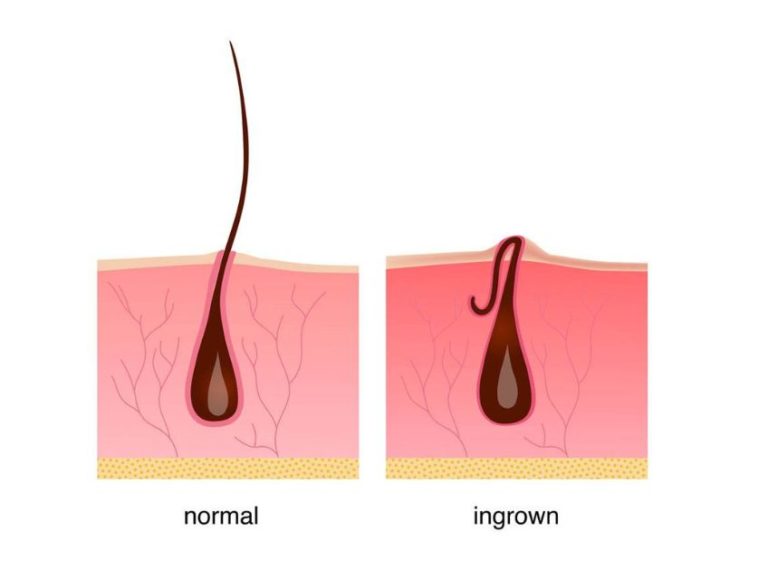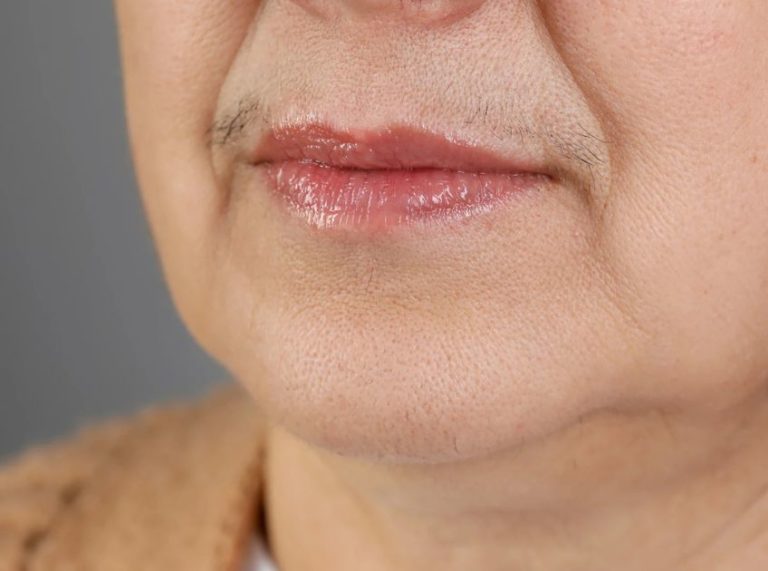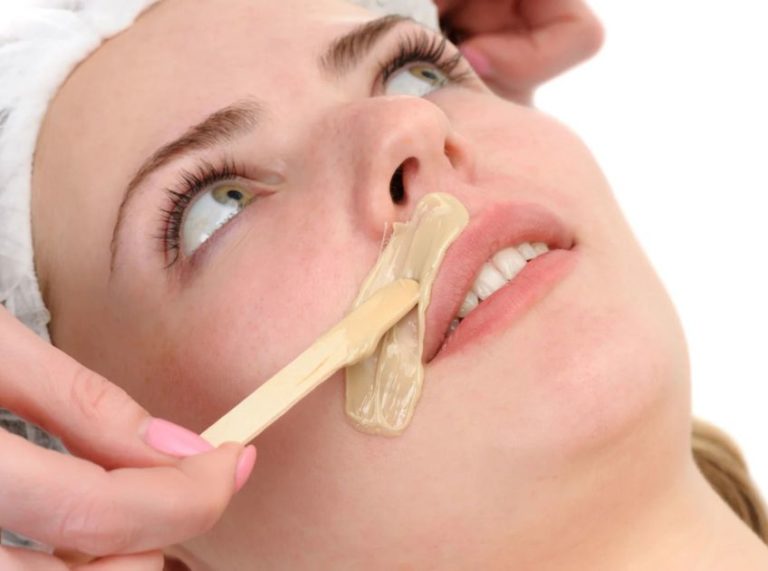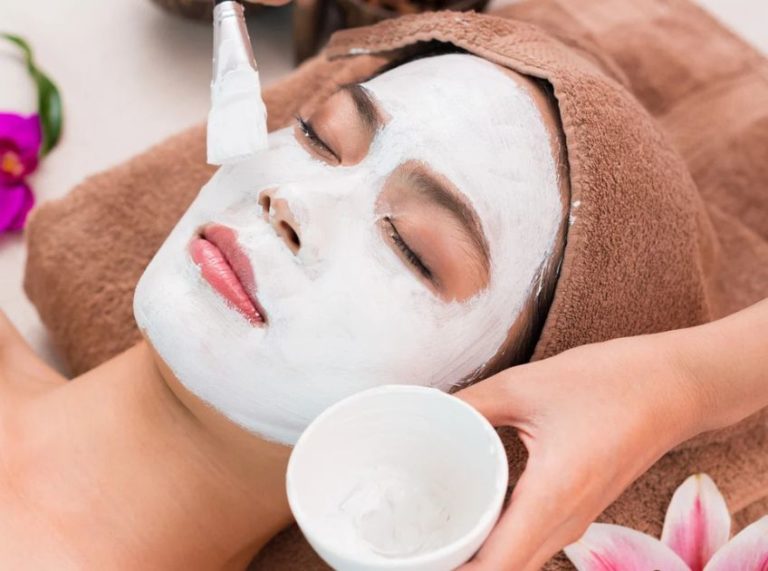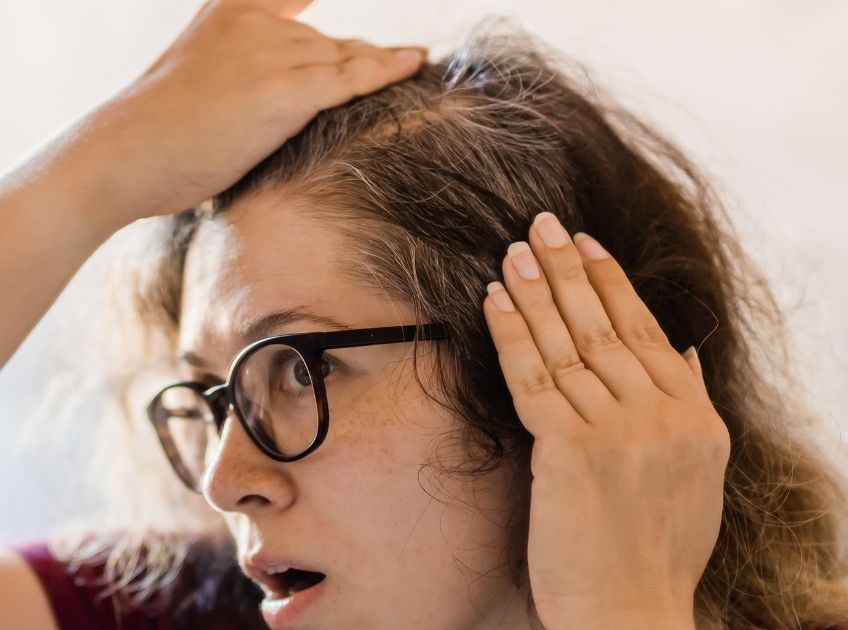
Important: This article is for informational purposes only. Please read our full disclaimer for more details.
Gray hair is one of the most common signs of aging, but it can also appear early due to genetics, stress, or nutritional deficiencies. Melanin, the pigment responsible for your hair’s color, gradually decreases as you age, leading to silver or white strands. While there’s no instant fix, nature provides a variety of oils rich in antioxidants, vitamins, and minerals that may help nourish the scalp, strengthen follicles, and delay premature graying.
Traditional Ayurvedic practices and modern studies alike suggest that certain natural oils can stimulate melanin production, reduce oxidative stress, and promote darker, shinier hair over time. Let’s explore the top 10 homemade oils that blend science with tradition for naturally vibrant hair.
10 Powerful Homemade Hair Oils to Reduce and Prevent Gray Hair
1. Coconut Oil and Curry Leaves – The Classic Ayurvedic Remedy
Coconut oil penetrates deep into the scalp, nourishing follicles, while curry leaves are rich in vitamin B complex and antioxidants that may restore melanin production.
How to make: Boil a handful of curry leaves in ½ cup of coconut oil until the leaves turn black. Cool, strain, and massage into the scalp twice a week.
Why it works: Studies in Pharmacognosy Research note that curry leaves contain compounds that reduce oxidative damage to hair pigment cells (1).
2. Amla Oil – The Indian Gooseberry Elixir
Amla, or Indian gooseberry, is a well-known hair rejuvenator in Ayurveda. It’s packed with vitamin C and polyphenols, which protect hair follicles from oxidative stress.
How to make: Heat dried amla pieces in coconut or sesame oil until they turn dark. Strain and store. Apply thrice weekly for best results.
Scientific insight: Research in the Journal of Ethnopharmacology highlights amla’s ability to increase hair pigmentation and strengthen hair shafts (2).
3. Black Sesame Oil – The Ancient Gray Hair Tonic
Black sesame seeds are known for their melanin-boosting properties and are rich in iron, calcium, and vitamin B1.
How to make: Mix 3 tablespoons of black sesame powder with warm castor oil and let it infuse overnight. Massage gently into the scalp.
Why it works: Traditional Chinese medicine considers black sesame oil a vital tonic for reversing premature graying due to its antioxidant and mineral content.
4. Rosemary and Olive Oil – For Enhanced Circulation and Color Preservation
Rosemary oil improves scalp circulation and supports melanin production, while olive oil provides deep nourishment.
How to make: Steep 2 tablespoons of dried rosemary leaves in ½ cup of olive oil for 7 days, then strain.
Research support: A 2015 Skinmed study found that rosemary oil stimulates hair growth and enhances pigmentation in early-stage gray hair (3).
5. Bhringraj Oil – The Ayurvedic “King of Hair”
Bhringraj oil is a time-tested herbal oil used to darken hair and prevent premature graying. It contains iron, magnesium, and vitamin E, which strengthen the hair roots.
How to make: Heat fresh bhringraj leaves in coconut oil until charred. Strain and store in a glass bottle.
Science says: A 2010 Phytotherapy Research study found that bhringraj extract significantly stimulated hair growth and restored natural color in animal studies (4).
6. Mustard Oil and Henna – For Color and Strength
Mustard oil is rich in selenium and omega-3 fatty acids, while henna provides a natural tint and strengthens the hair shaft.
How to make: Mix ½ cup mustard oil with 2 tablespoons henna powder, warm slightly, and apply to hair for 1 hour before rinsing.
Tip: Regular use can enhance natural shine and reduce dullness associated with graying.
7. Castor Oil and Hibiscus – For Deep Pigmentation and Shine
Hibiscus flowers are packed with anthocyanins and amino acids that may promote darker hair. Castor oil nourishes follicles and seals in moisture.
How to make: Blend hibiscus petals into a paste form and mix with castor oil. Warm lightly and massage onto the scalp once a week.
Why it works: Research shows hibiscus extract increases hair follicle activity and melanin synthesis (5).
8. Almond Oil and Fenugreek – For Stronger, Darker Hair
Almond oil contains vitamin E and biotin, while fenugreek seeds are rich in nicotinic acid and lecithin, both known to restore natural color.
How to make: Soak fenugreek seeds overnight, grind into a paste, and mix with warm almond oil. Apply to the scalp and leave for 30 minutes before washing.
Scientific angle: Fenugreek’s antioxidant properties protect melanocytes from oxidative stress, potentially slowing graying (6).
9. Neem and Coconut Oil – Detoxifying and Anti-Aging for Hair
Neem has antibacterial and antioxidant benefits that promote a healthy scalp environment for color retention.
How to make: Boil neem leaves in coconut oil for 10 minutes, let cool, and apply twice weekly.
Research-backed: Studies indicate neem’s high flavonoid content reduces oxidative damage, supporting hair pigmentation and scalp health (7).
10. Onion Seed Oil – For Gray Hair Reversal and Regrowth
Onion seed oil is rich in sulfur and catalase, an enzyme believed to reduce hydrogen peroxide buildup—one of the main causes of gray hair.
How to make: Blend onion seeds with carrier oil (like coconut or sesame), heat gently, and strain. Massage into the scalp twice a week.
Evidence: A 2018 study in the Journal of Dermatology found that onion extract significantly improved hair regrowth and pigment restoration in participants with patchy hair loss (8).
More Natural Oils That Support Healthy, Youthful Hair
In addition to these blends, oils like argan, jojoba, sesame, and flaxseed oil are excellent for nourishing the scalp, improving elasticity, and reducing oxidative stress that accelerates graying. Regular scalp massages with warm oils also improve blood flow, enhance nutrient absorption, and strengthen the roots.
Smart Tips and Precautions for Using Homemade Hair Oils
- Always patch test: Natural doesn’t always mean risk-free. Test each oil mixture on a small skin area to avoid allergic reactions.
- Use freshly prepared oils: Homemade oils can lose potency over time; prepare small batches and store them in dark glass bottles.
- Warm before use: Slightly warming the oil helps improve absorption and boost circulation.
- Be patient and consistent: Natural remedies take time. Apply oils at least twice a week for a few months to see noticeable results.
- Maintain a nutrient-rich diet: Foods high in B vitamins, iron, and copper (like spinach, lentils, and nuts) help sustain melanin naturally.
Frequently Asked Questions (FAQ’S)
1. How long does it take to see results from homemade oils for gray hair?
A. It typically takes 8–12 weeks of regular use to notice changes in shine, strength, and color intensity. Consistency is key, as natural remedies work gradually.
2. Can these oils reverse gray hair completely?
A. They may slow or partially reverse early graying, especially when caused by stress or nutrient deficiencies. However, genetically determined gray hair may not fully regain its original pigment.
3. Is it safe to mix multiple oils?
A. Yes, but do so wisely. Combine oils with similar properties (like coconut + amla or rosemary + olive) to enhance results. Avoid mixing too many active ingredients at once, as it may irritate the scalp.
While gray hair is a natural part of aging, nurturing your scalp with antioxidant-rich, herbal-infused oils can help maintain darker, stronger, and healthier strands. Combining traditional remedies with consistent care, a balanced diet, and stress management can go a long way in keeping your hair youthful and radiant. Remember—healthy hair starts with a healthy scalp and patience.
